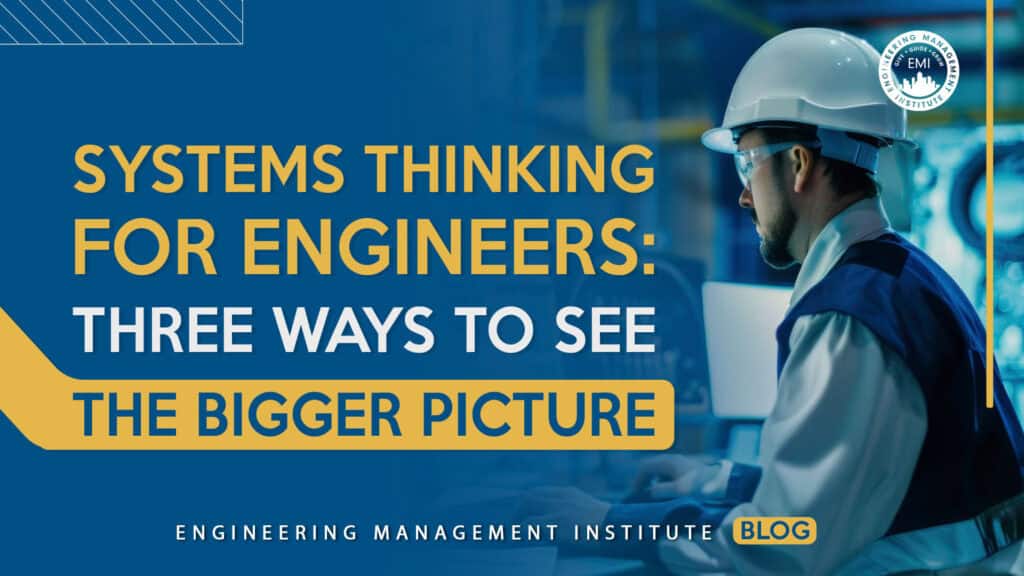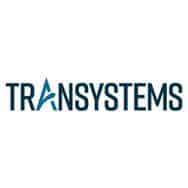This may not come as a big surprise, but it takes a very different approach to engineering when you’re designing a space shuttle than when you’re designing a guitar amplifier (No offense, Marshall fans). The challenges and issues are simply different in nature when you tackle a mega-project. There’s more to integrate, there are more people involved, and much of what gets done has never been done before. These differences have lead to the emergence of a number of new techniques and processes in a discipline of engineering called systems engineering.
In its simplest form, systems engineers lead and guide teams in the development of complex systems. As systems become more complicated and more tightly integrated with other systems, the need for specialized engineering knowledge becomes more and more obvious.
So, even though the approach to engineering a big system is different than when you are tackling a smaller product or project, there are still lessons that can be learned from the world of systems engineering that can apply to anyone in engineering.
Today, I’ll share three ways to think like a systems engineer to improve your designs – no matter what the scale.
1. Think about the full life cycle of your design.
In systems engineering, the engineer considers all the phases of a system’s life: from design concept to detailed development, production, utilization, support, and finally retirement. This is important, because design decisions that look like they make lots of sense with respect to the way the system gets used might be terrible with respect to how the system gets maintained, for example. Considering the whole life of the product or system can help eliminate these issues.
From a career perspective, you can apply this to how you see your career progressing into the future. It’s important to think about where you want to be in 10 years, and what you want your retirement to look like when making career decisions today. Always think in terms of the full life cycle.
2. Mind your V&V’s.
In systems engineering, we talk a lot about validation and verification. A valid design is one that the customer is happy with – it gets the job done, whatever that job is. Essentially, this is to designing the right thing. Verification of a design, on the other hand, is the testing or analysis that gets done on your design to make sure you’re getting the performance out of it that you wanted. In other words, you’re making sure that you designed that thing right. Ensuring you have customer (and other stakeholder) buy-in, and knowing how you’re going to prove that your design does what you want it to throughout the design process will save a lot of headaches later on in the project.
In you career, verification and validation can be applied to choosing professional development activities. You need to know that the activities you pursue – be they courses, books, conferences, or anything else – are actually moving you towards your goals. You also need to be sure that your goals really do reflect what you want out of your career and your life.
3. The whole is greater (or at least different) than the sum of its parts.
There’s a concept in systems engineering called emergent behavior. This occurs when a system behaves in a way that can’t be fully understood when looking at each of the constituent parts of the system individually. Emergent behavior emerges when you put the pieces together. While this is much more of a problem for large, complex systems, the same thing can happen with smaller designs. To avoid these unintended consequences, try to think through how your design might affect other designs or systems when implemented in the field, and how other systems might affect yours – for better or worse.
Again, if you look at this from a career perspective, it’s important to recognize that the value of your development is exponential, not arithmetic. Learning two new skills has more than twice the value of learning a single new skill. This happens because the combination of skills can yield new capabilities as a function of that combination, as opposed to a function of either individual skill. Never be afraid to learn something new – you would be amazed at the unintended (but positive) consequences of professional growth.
By using systems thinking for your own work, you’ll be able to achieve better, cheaper, more reliable designs, no matter how big or small your particular project is.
About Patrick Sweet
Patrick Sweet, P.Eng., MBA is a product and engineering management consultant, speaker, and the creator of EngineeringAndLeadership.com. He helps engineering teams and OEMs create profitable products, boost productivity, and manage complexity. You can reach Patrick at [email protected] or @engileader.
Please leave your comments, feedback or questions in the section below.














